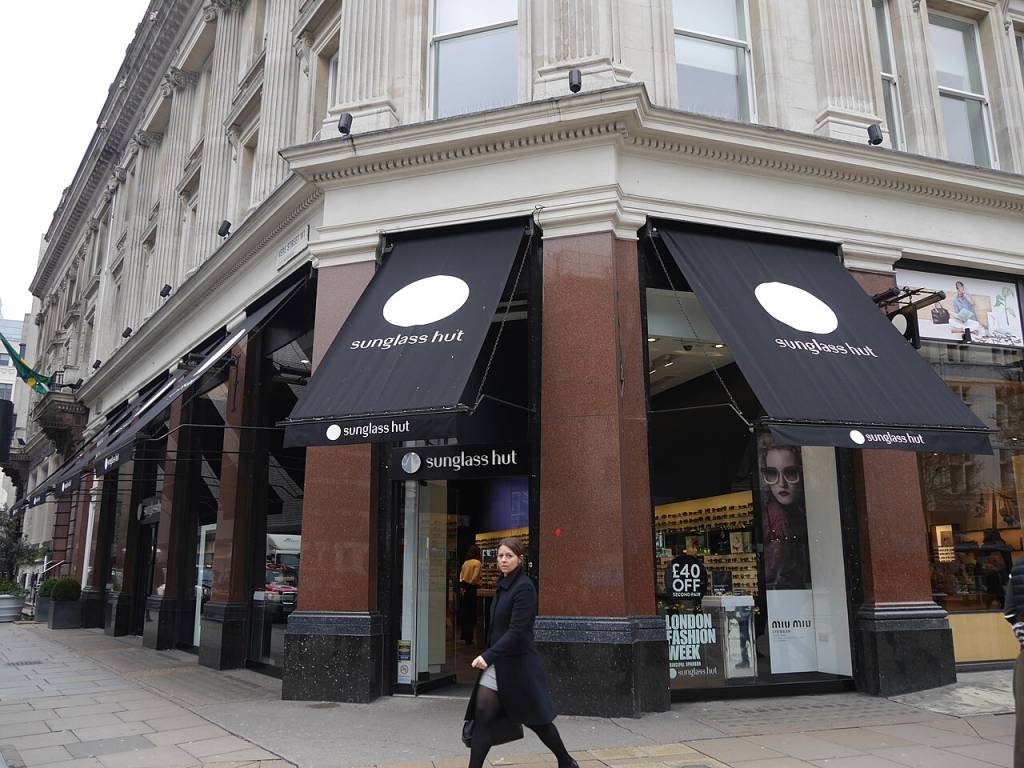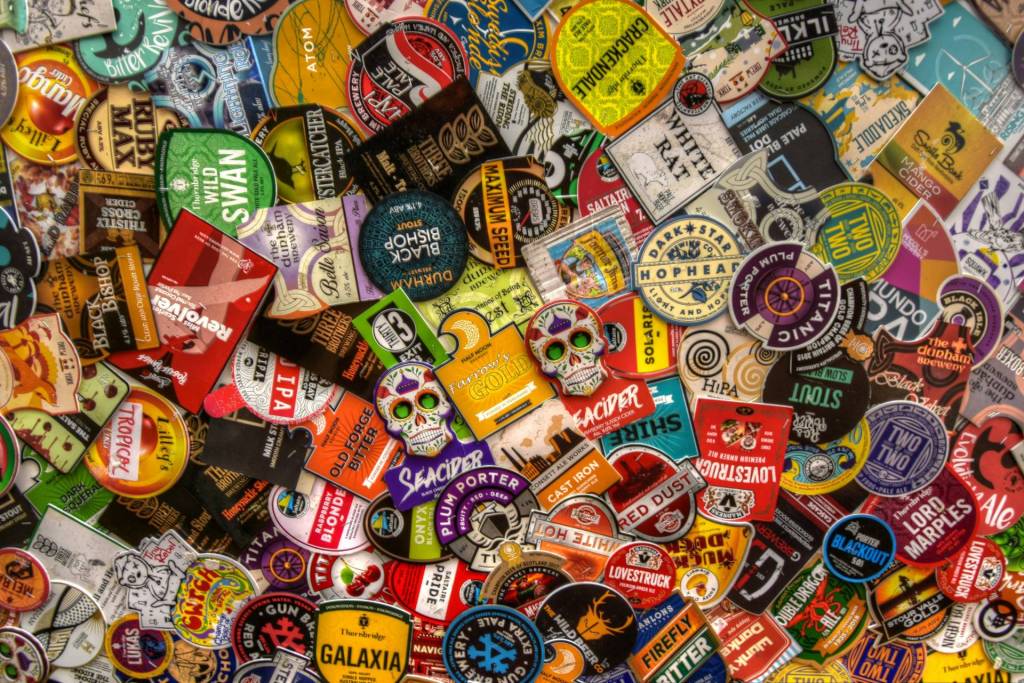Social media has become the new platform for advertising, marketing, and most importantly a communication channel and exchange for your brand. It seems that most businesses, both big and small, are making sure that they have profiles and pages in Facebook, Twitter and other social sites so they can reach and engage a wide audience.
Dozens of accounts, thousands of likers and followers mean nothing
It’s not enough to merely set up an account on these social sites, make the occasional updates, and hope for the best. Though your business may have a Facebook page or you may have a Facebook profile for your business persona that has hundreds or even thousands of “likers”, are you really sure that you’re engaging the attention of your audience? Or have they merely clicked the “Like” button on your page and then quickly forgot all about it?
Recently, Brian Carter at allfacebook.com posted some shocking statistics. These were compiled by PageLever, and it shows that most business fan pages in Facebook that have a huge number of fans actually get a lower percentage of their fans seeing their daily posts. In fact, those who have more than a million fans, actually reach less than 3% of their fans through their posts.
You see, Facebook uses an algorithm called EdgeRank to decide which posts a user will see in his newsfeed. Basically, it uses a combination of the user’s engagement with the brand, how connected he is with it, and how good and fresh the content is. So the more a user interacts and connects with your brand, the more likely it is that your daily posts will appear in the user’s newsfeed.
Liking and following is only the beginning
But isn’t it enough that the user likes you or your page? Doesn’t that mean that your posts should appear in his newsfeed? No, it doesn’t. It’s not enough that a user clicks the like button on your page and becomes a fan. They need interact more with your brand, by commenting on your status, liking your updates, reposting your content, and engaging with you.
The more a user interacts with your brand through social media, the more likely it is that he is a true consumer of your brand, which means your efforts at engaging him is effective. But if you have thousands of fans, and you only get one or two comments or likes every time you update, then it means your marketing efforts using social media need a major overhaul.
So how do you address this? How do you stop your brand from becoming extinct in social media and start engaging your fans?
Fail to plan, plan to fail
First, you need a plan. Though some people think using social media for marketing is easy, it’s actually pretty complicated. You can’t just jump in and hope for the best. You need to make sure you have a plan and that you stick to it. Think of what your objectives are and what steps you need to take to achieve these goals.
Ask and listen – are important online as they are in offline engagement
Next, evaluate the content you have on your page. Do you think you’re effectively engaging your audience in the updates and posts you create? You need to find a way to make your audience interact more with your brand. A couple of ways to do this is to create polls and surveys, ask for feedback regarding your products or services, and hold interesting promotions and contests for your fans.
You can also consider including photos and videos in your updates, as these seem to be well-received by most people. As they say, a photo is worth a thousand words, and most people are visual creatures who enjoy seeing nice photos and watching a good video. You can also encourage your fans to share your posts if they like them.
Avoid allowing your brand to become extinct in these social media platforms. Make sure you appear in people’s newsfeeds, so it’s important that you engage them with the content you offer. Once you encourage more interaction, you will definitely see better success in your social communication; people will have a chance to sample your character and competence and you will begin to harness the power of online (and even offline) word of mouth.












